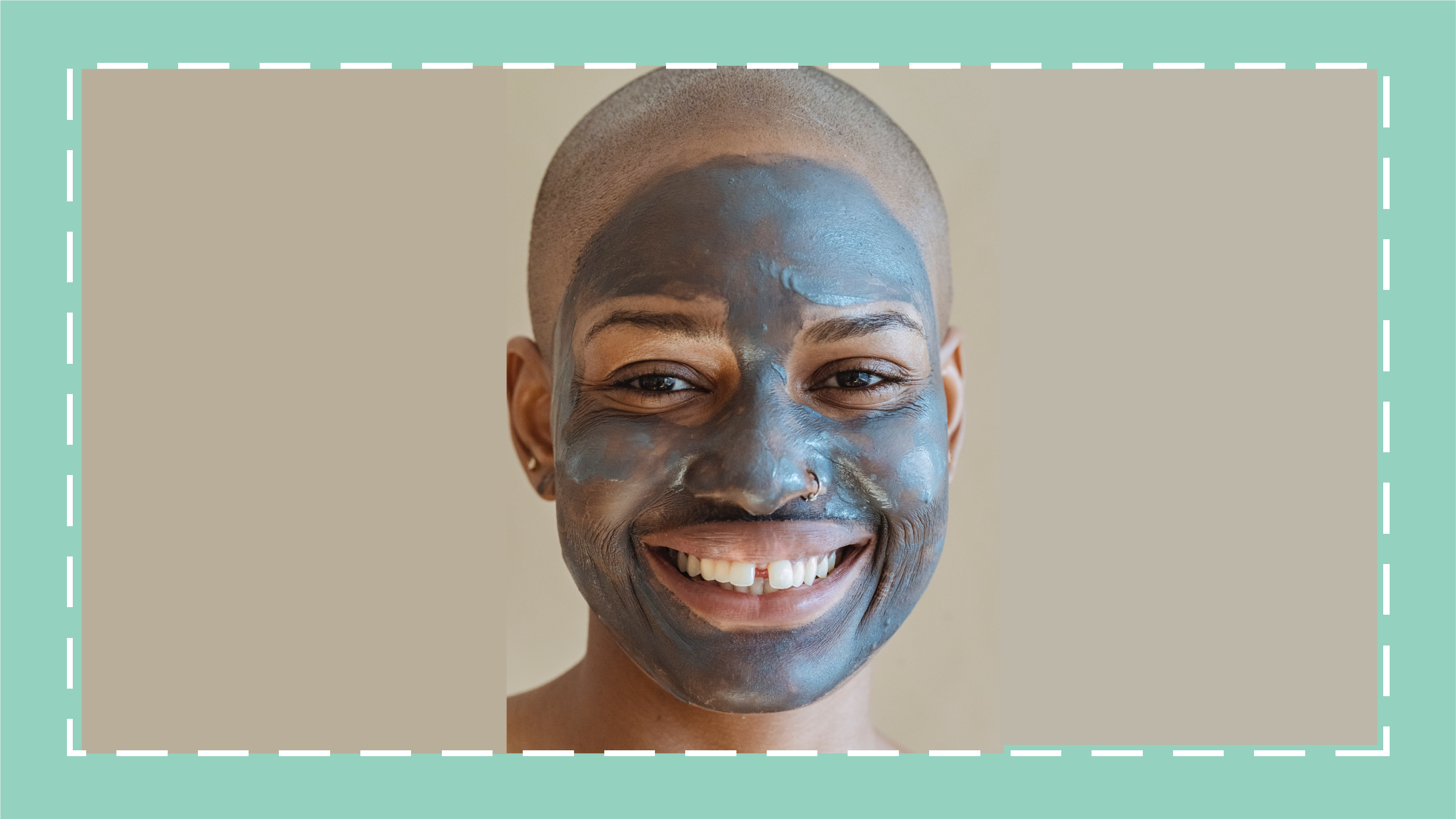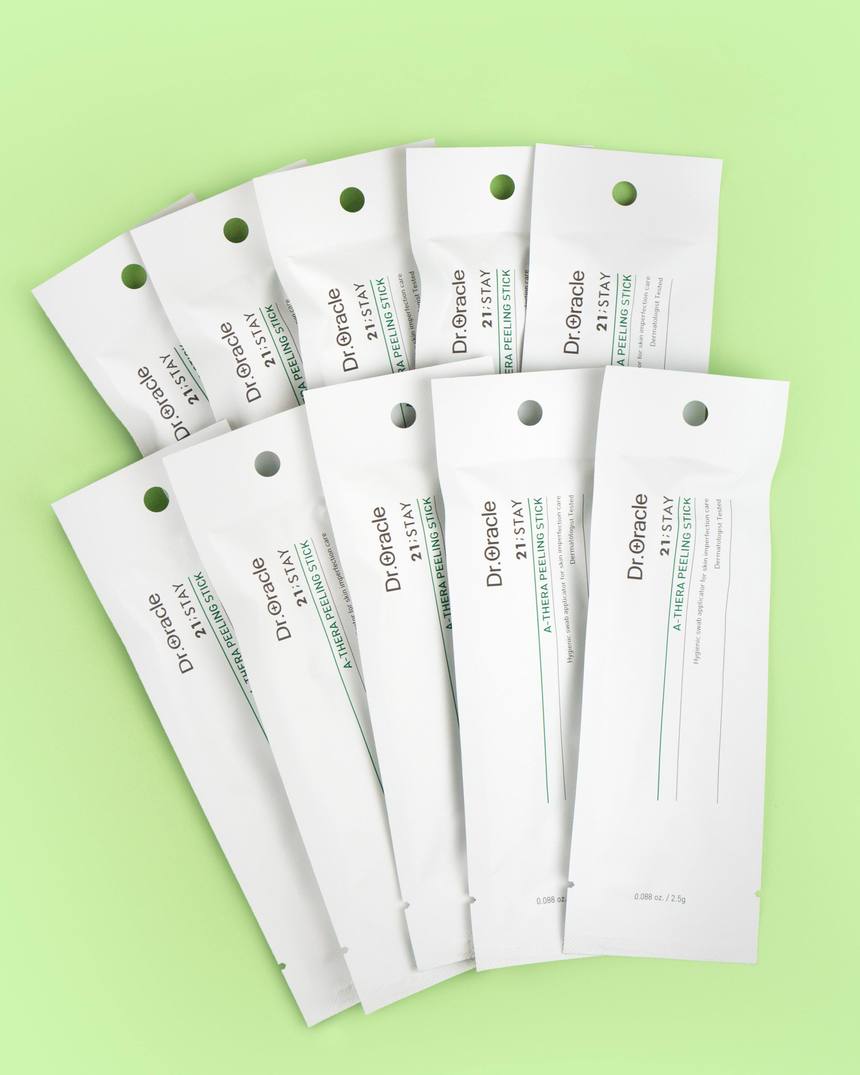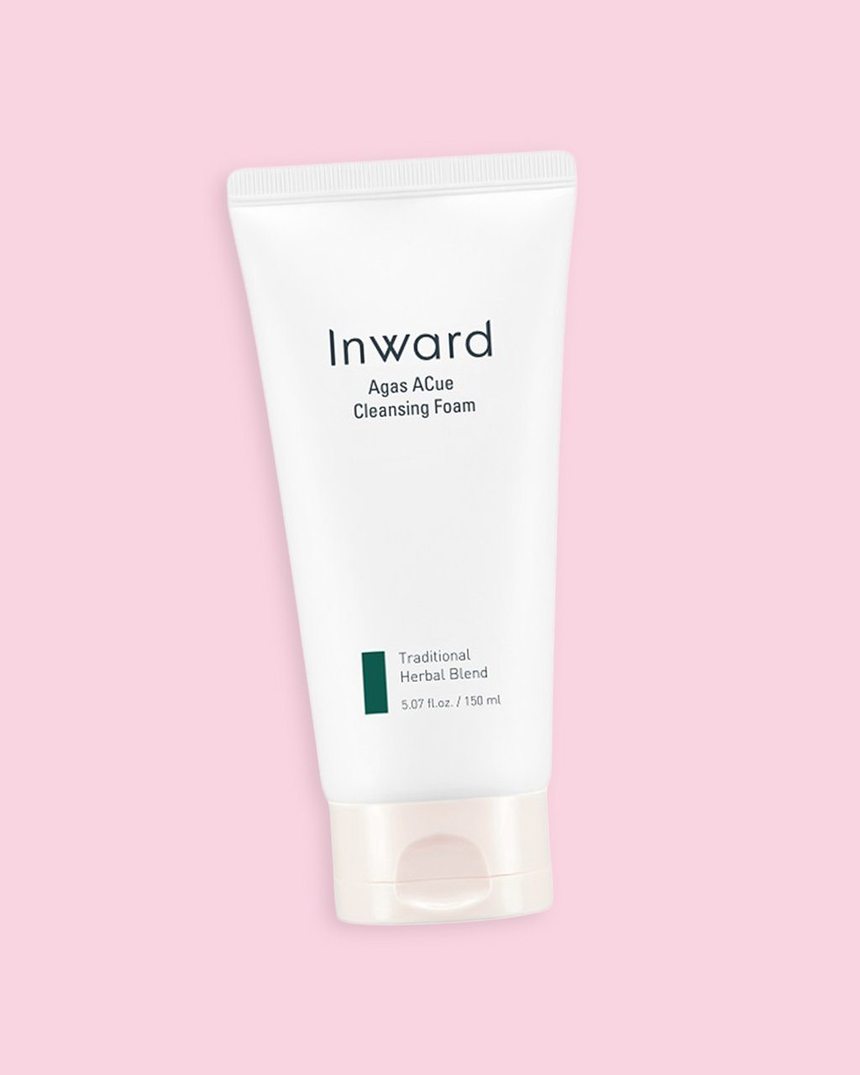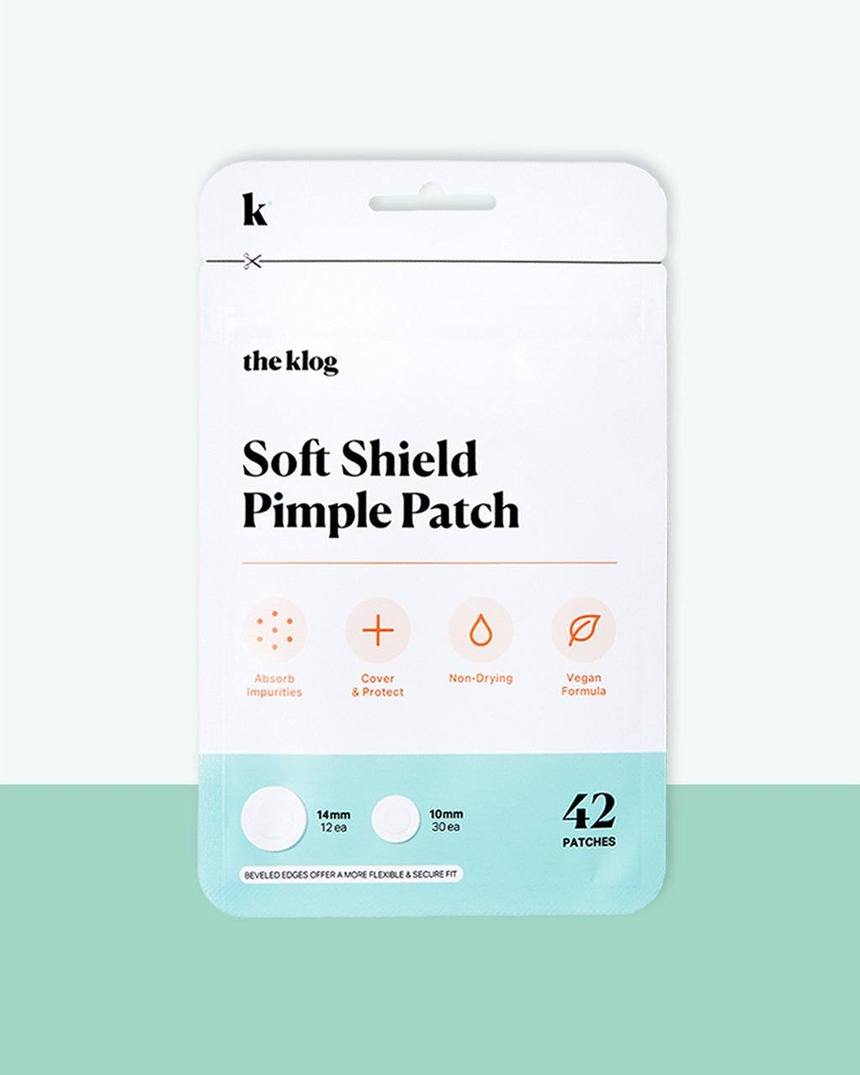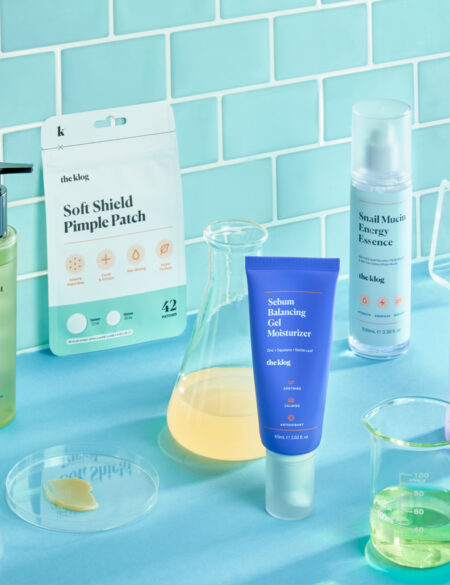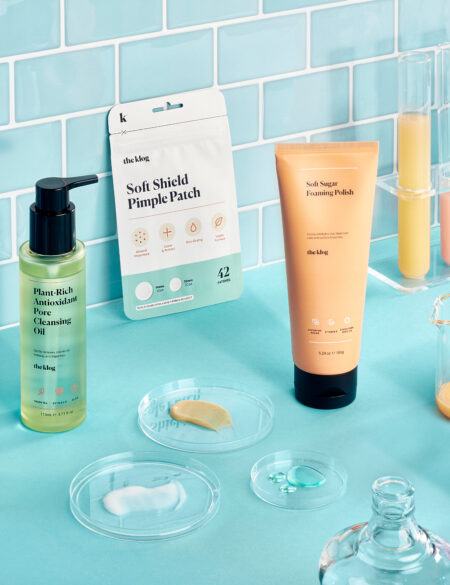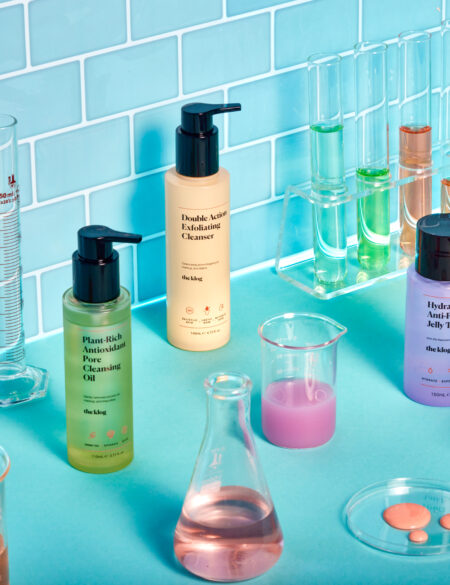What are the rules for when to see a dermatologist for acne? We created a list of the moments when products just won’t cut it and asked Charlotte Cho to explain why.
Acne is a fairly common skin condition, but one that can also become pretty serious. But, when is the right time to seek help from a dermatologist?
The majority of people will experience acne at least once in their lives. However, not all acne is created equal. While most cases of acne are treatable at home with good skin care products, there are times when a medical professional should be consulted. We have our editor-in-chief and licensed esthetician, Charlotte Cho, break down when you should absolutely go see a dermatologist for acne.
When non-prescription treatments have stopped working
Acne treatments are a dime a dozen, with every company proclaiming that they have the solution to cure all your acne woes. But how long is long enough?
“Skin care is trial and error, especially when it comes to acne,” says Charlotte. “Up to this point, there is no textbook manual for ‘curing’ acne because there are a variety of factors at play. The root cause could be anything from hormones to diet and even genetics to excess sebum production, which makes it hard to pinpoint the exact cause of acne. My advice is to be methodical to your approach to ruling out the potential triggers for acne.
For example, introduce one acne treatment featuring a key ingredient into your routine and use it consistently for three weeks to gauge if you’re seeing results. If it’s not working after consistent use, then move to the next product that features another acne clearing ingredient. Keep in mind, it could be a more lifestyle trigger (i.e. dairy, caffeine, stress or even the pollution from a new city) that is at play here. Be methodical about your potential triggers and create a checklist so you can rule out all the possibilities before going to the derm.”
Be gentle with your skin. The last thing that you want to do is irritate it more than it already is. Some of our favorite acne products include the Inward Agas ACue Cleansing Foam, The Klog Soft Shield Pimple Patch, the Dr. Oracle Tea Tree Peeling Sticks and the A’Pieu Madecassoside Cream 2x. These products contain great ingredients like AHAs, BHAs, tea tree oil, salicylic acid, and bamboo extract, which are all excellent for both combating acne and healing and repairing the skin. The pimple patches are an awesome way to eliminate the temptation of picking at your skin and making an already annoying problem even worse with scarring or further infection.
As for how many products is “enough” to warrant seeing a derm, Charlotte adds: “There really isn’t a manual for what’s enough, but a checklist of the potential triggers and eliminating them one by one every few weeks to see which can make the biggest impact.”
When acne is taking a toll on your self esteem.
Self esteem and body image go hand in hand. And often we forget that this includes how we feel about our skin. Acne often begins during teenage years, a crucial development period in a person’s life, when acceptance feels to be at its utmost importance. Acne can cause people to withdraw socially, perform poorly in school or work, and has even, in some cases, caused depression. Acne can affect your entire life, and if breakouts are causing you social or psychological distress, regardless of whether it is mild or severe, then it’s time to go see a dermatologist.
When your acne is super painful
According to Charlotte, “Hormonal or cystic acne is also more likely to be painful to the touch because the inflammation is underneath the surface of the skin, unable to come to a head and heal. In some cases, if the inflammation doesn’t subside on it’s own, it can become an internal scar. In this case, it would be helpful to visit the dermatologist so they can reduce the inflammation through a steroid shot.”
There are no answers set in stone when it comes to acne, but if your acne is painful enough that it’s hindering your every day activities or constantly on your mind, it’s definitely worth a trip to a derm to see if anything can be done to reduce the inflammation.
When your acne lasts a long time and/or keeps coming back
“A long time” is different to everyone, so I asked Charlotte what she considers a long time. “This is very relative, and can depend on person to person,” she says. “The pimples that last only for a week are usually closed comedones that are formed by dead skin cells and bacteria. It can be prevented and treated by keeping skin healthy, hydrated, and maintained with chemical exfoliants to clear dead skin cells. If acne lasts for weeks and doesn’t come to a head, then it is likely a ‘cyst,’ AKA ‘cystic acne’ caused by bacteria that is underneath the surface of your skin and it gets inflamed. It’s hard to treat because it’s so deep. This is when a visit to a dermatologist can benefit you.”
When you get a lot of post inflammatory pigmentation and acne scars
Acne doesn’t always leave without a trace. If acne leaves post inflammatory pigmentation (or dark marks), or acne scars, even if you haven’t picked at your skin, then it’s time to consult a dermatologist. Both post inflammatory pigmentation and acne scars may be hereditary, but oftentimes acne scars can be more serious to treat than acne itself.
In order to make sure they go away completely, they must almost always be treated by a dermatologist. Wouldn’t it be better to just avoid the annoyance completely and see the derm early?
When you’re breaking out suddenly (after never having broken out before)
If you’ve gone your entire life without having broken out, and suddenly are plagued with breakouts, you should definitely consider consulting a dermatologist. Acne can be confused with a number of other skin conditions, including rosacea, so to make sure that there’s not something more serious going on, it’s best to get your skin evaluated by a medical professional.
When you get a lot of cystic acne
Cystic acne is much more serious than blackheads or whiteheads. Cystic acne is large and red, and often painful. Infections like these lie deep beneath the skin, which is why over-the-counter treatments are often futile against them. They just can’t reach deep enough.
But just because these painful breakouts can’t be treated by over the counter products, doesn’t mean they can’t be treated at all. Cystic acne can be treated with oral antibiotics, birth control, and heavy strength creams with retinoids, as well as isotretinoin (Accutane) and spironolactone, all of which can be prescribed by a dermatologist.
Bottom Line
In many, if not most cases, you can treat acne yourself at home. But if you’ve seen any of the above cases in your own skin, it’s definitely time to seek out medical help because acne is treatable and you deserve to feel beautiful in your own skin!


